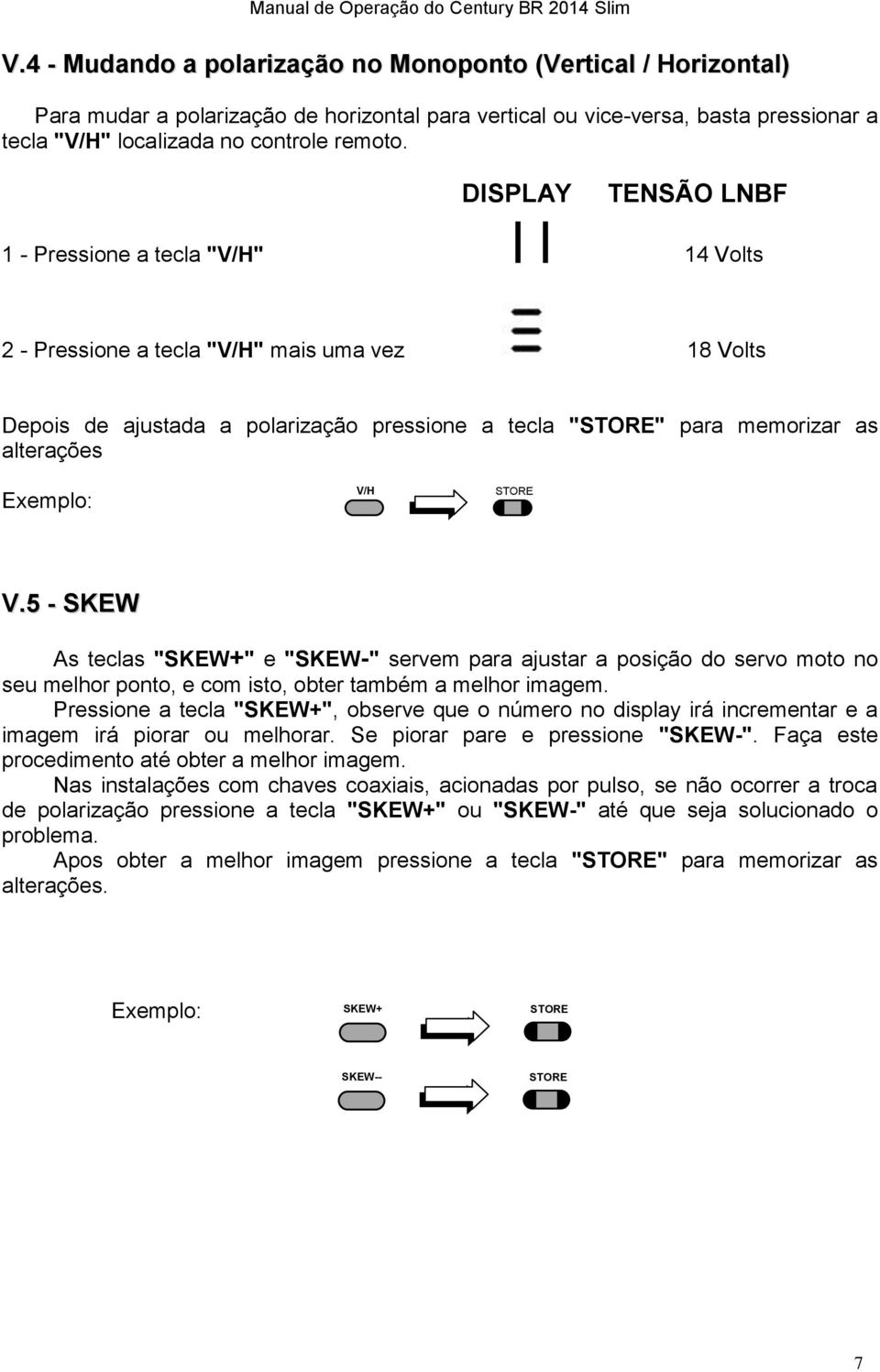

Metastatic RCC, characterised by high resistance to radiotherapy and chemotherapy, has a poor prognosis, with a 5-year survival rate ranging from 0–20% ( Figlin, 1999). About 20–40% localised ccRCC relapse even after curative nephrectomy, usually leading to incurable disease ( Stewart et al, 2011). Its major histologic subtype is clear-cell RCC (ccRCC), with a proportion of 70–85% in RCC ( Escudier et al, 2012). Renal cell carcinoma (RCC), which has an incidence of 63 920 new cases and ∼13 860 deaths annually in the United States, accounts for 2–3% of all malignant diseases in adults ( Siegel et al, 2014). High CXCR4 expression, an independent adverse prognostic factor, could be combined with TNM stage to generate a predictive nomogram for clinical outcome in patients with ccRCC. Furthermore, CXCR4 expression was identified as an independent prognostic factor for OS, and combining TNM stage with CXCR4 expression showed a better prognostic value for OS in both sets.


Moreover, high CXCR4 expression indicated reduced overall survival (OS) in the training ( P<0.001) and validation ( P<0.001) sets, especially for patients with early-stage (TNM stage I+II) diseases. Results:ĬXCR4-staining intensity increased gradually accompanied with disease progression from TNM stages I to IV in 225 patients with ccRCC. CXC chemokine receptor 4 expression was analysed by immunohistochemical staining and its correlations with clinicopathologic features and prognosis were evaluated. The cohort was split into a training set ( n=125) and a validation set ( n=100). The study included 225 patients with ccRCC. The aim of this study was to determine the prognostic value of CXCR4 expression in patients with clear-cell renal cell carcinoma (ccRCC). Aberrant CXC chemokine receptor 4 (CXCR4) expressions in malignant tissues have been reported however, its role in kidney cancer prognosis remains unknown.


 0 kommentar(er)
0 kommentar(er)
